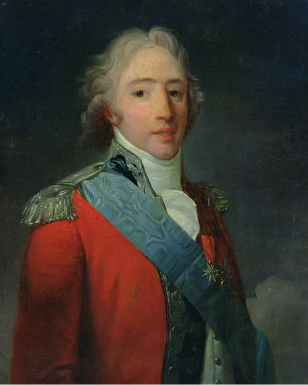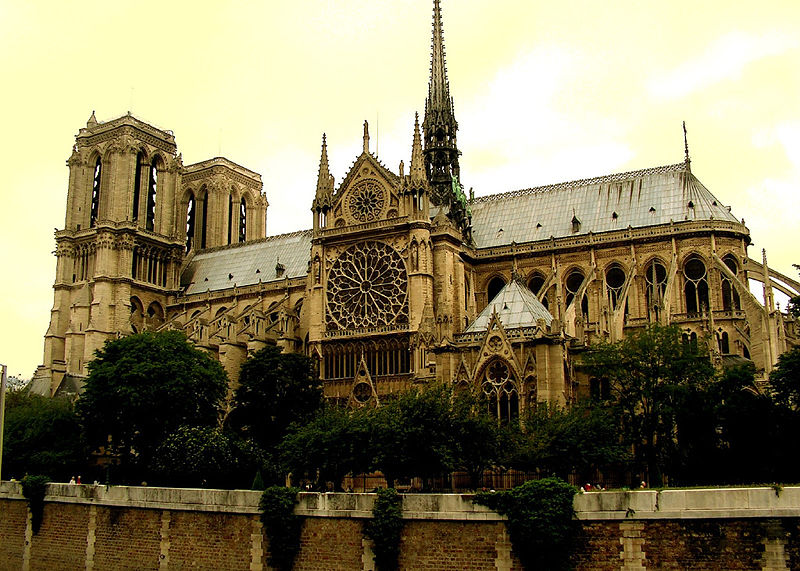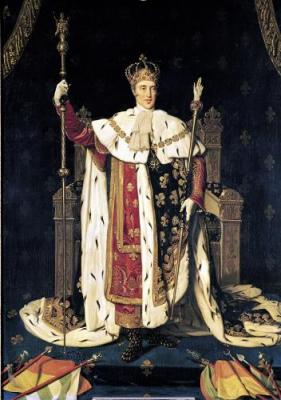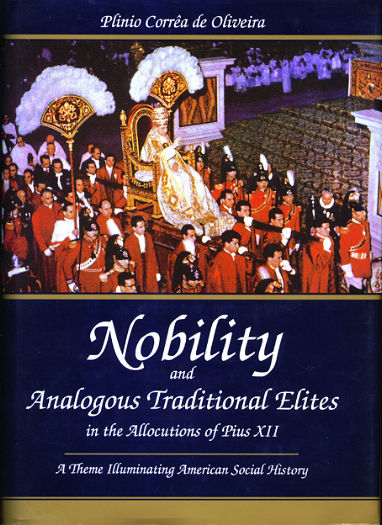The festive and enthusiastic reception given by the people of another European capital to another princely victim of misfortune—that given by the populace of Paris to the Count of Artois, the future Charles X, on his return from exile—shows well the people’s affection for the representatives of the ancient legitimate and paternal dynasties. It is narrated by the eminent contemporary historian Georges Bordonove.
Monsieur [title given to the king’s oldest brother. The Count of Artois was Louis XVIII’s brother] made his solemn entrance into Paris on April 10, 1814, through the gate of Saint-Denis. The Baron of Frénilly testifies: “There were neither windows nor roofs enough to satisfy the enthusiastic crowds, which shouted themselves hoarse. Everything was decorated with flags, hangings, rugs, and flowers, and all handkerchiefs were waving. It was a touching sight.”
The weather was splendid. The April sun lit up this profusion of white flags, flowers, and laughing faces….
Children and young people hung on the railings. Fine fellows, perched on the rooftops, waved their hats. Drums were beating. Horses caracoled on the pavement. Everywhere cries of “Long live the King! Long live Monsieur!” burst forth spontaneously. As one approached the center of Paris, the gaiety heightened, the enthusiasm changed into delirium.

Porta St. Denis. Photo by Alec
Monsieur was such a handsome man! He maintained such an allure despite his fifty-seven years! He wore the embroidered blue uniform with silver epaulets so well! He rode the superb white horse procured for him so elegantly! His gaze was at once proud and full of goodness! He responded so graciously to the greetings!… It had been so long since they had seen a real prince, charming and chivalrous! Thus he approached Notre Dame…. Monsieur allowed the crowd to come near, to touch his boots, his spurs, the withers of his horse. This forwardness was pleasing.
The marshals of the Empire followed him. Some of them presented themselves to him with the tricolor rosette. Others did not hide their hostility. All wished to remain in their positions. Monsieur greeted them. Little by little they allowed themselves to be overtaken by the general euphoria. The excitement and the joyful exclamations of the multitude disconcerted them. They did not understand why the Parisians were so infatuated with this prince whom they had not known the day before. A mysterious spark had electrified the hearts. Monsieur himself had ignited it. He had the gift of pleasing, of seducing crowds as well as individuals; he had what we would now call charisma. He conformed so well to the image people have of a prince, he had so much simplicity in his bearing, this supreme ease that cannot be learned, for it flows from the source. With difficulty a path was cleared for him to Notre-Dame, where a Te Deum was to be sung. Everything had happened so quickly that there had been no time to decorate the cathedral. He was seen kneeling, praying with fervor. He was thanking Providence for having granted him this joy of having restored France to the throne of the fleurs-de-lis. (Georges Bordonove, Les Rois qui ont fait la France—Charles X [Paris: Editions Pygmalion, 1990], pp. 121-123).
Perhaps the spark that fired the Parisians with such enthusiasm for the return of the legitimate monarchy had been caused by the general sentiment of the time, ingeniously expressed by Talleyrand in the closing words of a letter to the future Charles X on the occasion of Napoleon’s first abdication: “Nous avons assez de gloire, Monseigneur, mais venez, venez nous render l’honneur” [We have had enough of glory, Sir, but come, come bring us honor].
Plinio Corrêa de Oliveira, Nobility and Analogous Traditional Elites in the Allocutions of Pius XII: A Theme Illuminating American Social History (York: Penn.: The American Society for the Defense of Tradition, Family, and Property, 1993), pp. 510-511.













